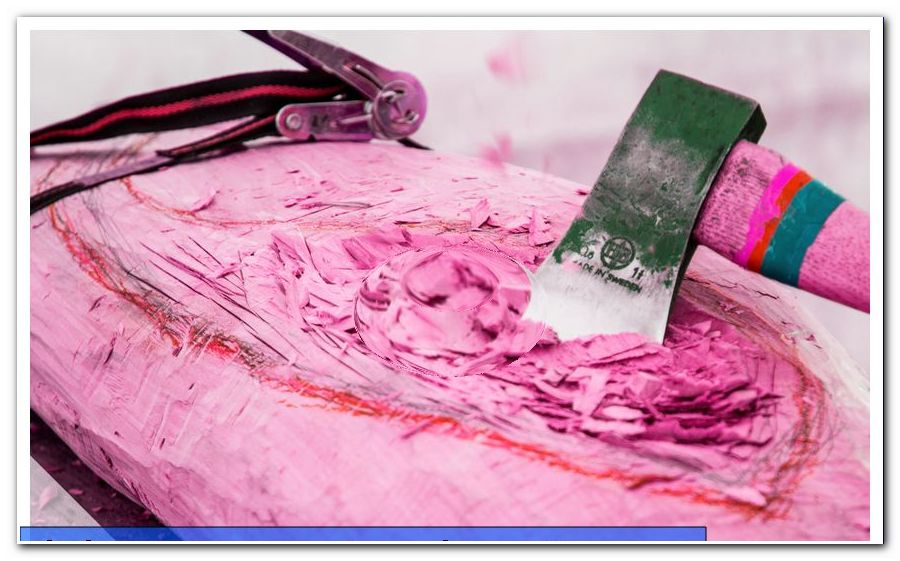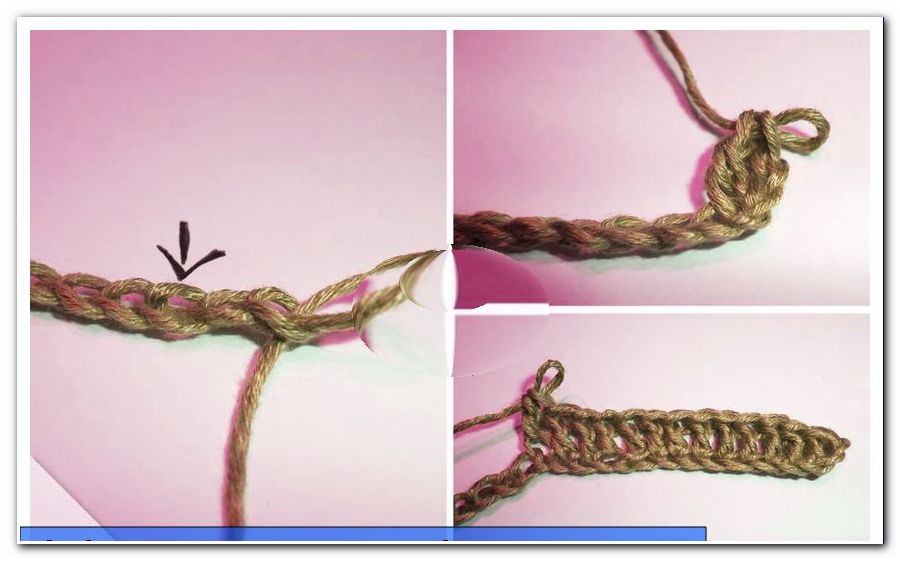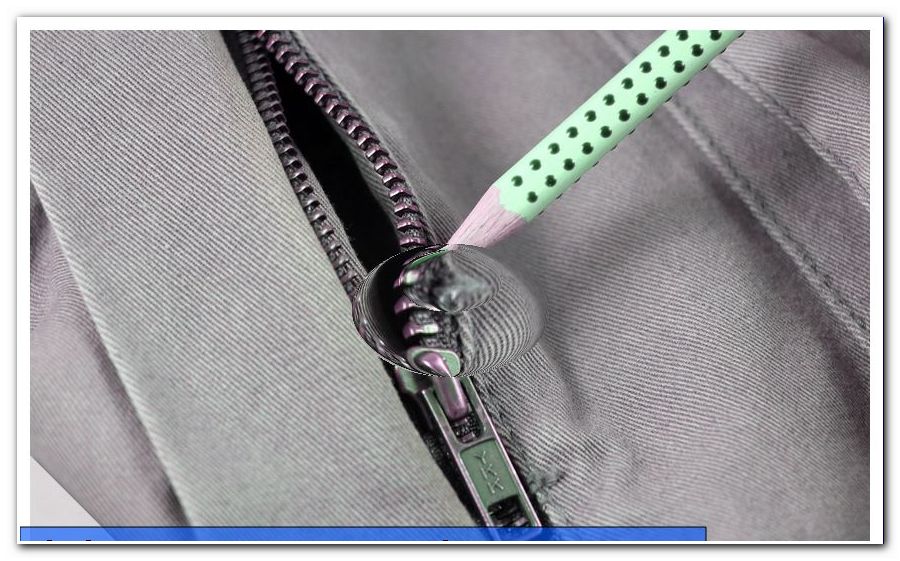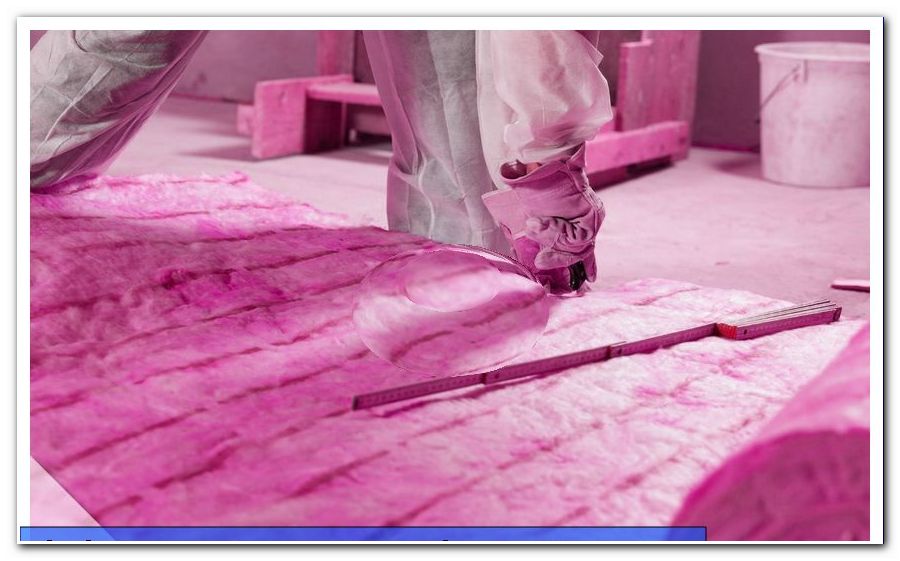Sharpen ax - instructions and tips on the right angle

- Tool
- The right angle
- Sharpen ax: Instructions
They regularly chop firewood and rely on their ax as a working tool ">
You own an ax that you use regularly, but are you slowly dissatisfied with the results? Then you should absolutely examine the blade once. If this is full of nicks or minor damage, it can no longer work properly and, in particularly bad conditions, even become a danger. This is noticeable in all types of axes, even the models that are primarily used for carving. If you have never had to sharpen an ax, a manual is useful, which also informs you about the necessary angle for sharpening and the appropriate grinding tools.
Tool
In order to sharpen the ax you need appropriate tools and some utensils to enable a safe procedure without complications. This includes:
- Stone for grinding
- flat file
- belt sander
- Sanding belt: 240 grit or finer
- a bowl of water
- Grindstone holder
- safety goggles
- Protective gloves
When choosing the grindstone you are spoiled for choice. In the past, of course, real stones were used, but they are only partially available in their natural form. At present, numerous products are offered by a variety of manufacturers. The grindstone is necessary for fine sanding and you should not confuse this with the earlier grindstone that has been replaced by the belt grinder. In the case of a grindstone, the following materials are available:
- Belgian grindstones: known as Belgian chunks, hardly require water to work, very fine edge
- Japanese whetstones: known as Japanese water stones, need a lot of water, extremely effective in sharpening
- Diamond grindstones: extra long life, can not be hollow ground, requires water
- Ceramic grindstones: good for tools with harder steel, requires water
- Abziehstein: especially suitable for tools, usable with or without water, no real ground cutting edge

For the sharpening of an ax in the outdoor area or the hard use in the forest, diamond and ceramic sharpening stones, as well as honing stones, are particularly suitable. Since they last very long and above all provide a not too thin cutting edge, they are perfect for axes. By contrast, you should use Japanese boulders and Belgian lumps for axes suitable for finer work such as carving. The costs of the individual grinding stones are highly dependent on the quality and the respective grain size. Typically, these range from 20 euros to 120 euros.
Tip: as an alternative to stone so-called blade sharpeners, for example, from manufacturers such as Fiskars. These are equipped with a ceramic grinding head, which is housed in a sturdy case and just needs to be pulled over the blade to sharpen it.
The right angle
The angle is crucial for the success in sharpening the ax, because the blade can penetrate through the wood without any problems. The different angles are based on the use of the ax:
- Axes for typical work: 30 °
- Axes for splitting hardwood: 35 °
- Carving axes: 25 °, more rarely 30 °

If you do a lot of work with your ax, we recommend an angle of 30 °, as it can be used for many types of wood. Since carving or fine woodworking uses accuracy rather than raw, centered force, the sanding angle is much smaller here. The angle is composed as follows:
- an angle indication covers the entire cutting edge
- a grinding angle of 30 ° therefore corresponds to 15 ° on both sides of the cutting edge
- Due to the same angular size, the cutting edge is correspondingly thin and sharp and therefore perfectly suited for use
Many people wonder how the corresponding angle size is achieved. The use of a ruler is not really recommended. For this a trick has been used for centuries, which also works well with kitchen knives in Japan. Before you start sharpening, you should:
- Put the ax of the ax on the grindstone or belt sander
- Now lay a finger about 2 cm flat behind the cutting edge on the surface
- Lower the ax with the blade and position it on the finger
- Now hold the ax in this position and carefully pull your finger back
This angle corresponds approximately to 15 °. Of course, be careful not to turn on the belt sander while having your finger under the blade.
Sharpen ax: Instructions
If the right angle is found, you can sharpen your ax now. To do this, proceed as follows:
Step 1: If your ax has deep nicks or wear, it is recommended to use a file to prepare the blade first. To do this, clamp the ax in a vise and work the cutting edge with the flat file until the deep nicks and notches are no longer visible. The important thing is not to change the cutter radius, as it can be difficult to grind back into correct shape.
2nd step: Now follows the first sanding to bring the previously sanded edge back into the correct shape. Wet the blade of the ax with enough water and start the belt sander. Keep the step a little lower and start to work the cutting edge with the above angles. Follow the original shape of the cutting edge, so best in a slight circular motion. As a result, the ax is not too straight, which would severely limit the effectiveness. Stop over and over again, check the blade and wet it with water. The heat is right, as the cool wet helps.
Step 3: If you use an ax to carve, you do not need to do point 2. After you have worked the blade with the belt sander, the fine sanding follows. Position the grindstone on the holder and moisten the surface with water. Soak Japanese waterstones for 3 minutes in a water bath. Now use the same angle information again and guide the ax over the grindstone in quick strokes. You start from one end of the cutting edge and pull it in a semicircle over the grindstone to the other end. Repeat on both sides until the edge of the ax is sharp, but not too thin.




